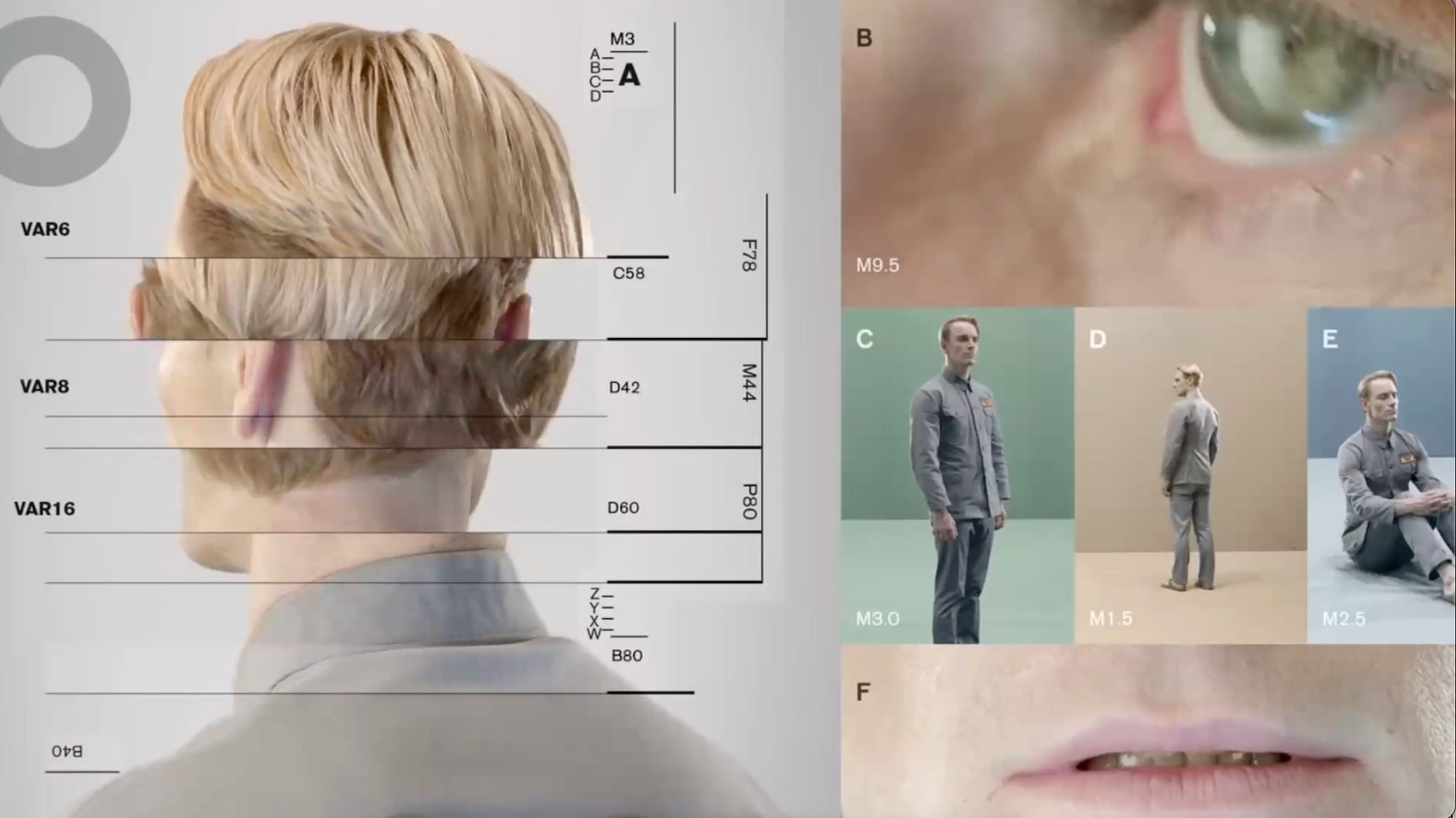Neural Fields for Scalable Scene Reconstruction
From Design Computation
Revision as of 19:51, 5 November 2022 by Abel Maciel (talk | contribs)
DC I/O 2021 Keynote by JAMES TOMPKIN. https://doi.org/10.47330/DCIO.2022.AXBL8798
Abstract
Presentation
Conference Paper
Keywords
AI, Architect, Creativity, Displacement, Intelligence, Human, Machine, Software, Utilitarianism, Value
Reference
DOI: https://doi.org/10.47330/DCIO.2022.AXBL8798
Bibliography
- Anderson, T.T., 2011. Complicating Heidegger and the Truth of Architecture. The Journal of Aesthetics and Art Criticism 69, 69–79.
- Arendt, H., 1998. The Human Condition, 2nd ed. The University of Chicago Press, Chicago.
- Beavers, A.F., 2002. Phenomenology and Artificial Intelligence. Metaphilosophy 33, 70–82.
- Berkowitz, R., 2018. The Singularity and the Human Condition. Philosophy Today; Charlottesville 62, 337–355. http://dx.doi.org.libproxy.ucl.ac.uk/10.5840/philtoday2018522214.
- Braidotti, R., 2016. Posthuman Critical Theory, in: Critical Posthumanism and Planetary Futures. Springer India.
- Braidotti, R., 2013. The Posthuman, First Edition edition. ed. Polity Press, Cambridge, UK ; Malden, MA, USA.
- Clynes, M.E., Kline, N.S., 1960. Cyborgs and Space.
- De Lazari-Radek, K., Singer, P., 2017a. Utilitarianism - A Very Short Introduction. Oxford University Press, New York.
- Debarbieux, B., 2017. Hannah Arendt’s spatial thinking: an introduction. Territory, Politics, Governance 5, 351–367. https://doi.org/10.1080/21622671.2016.1234407.
- Floridi, L., 2014. The Online Manifesto. Springer, New York.
- Floridi, L., 2011. Against Digital Ontology. in: The Philosophy of Information. Oxford University Press, Oxford.
- Frischmann, B., Selinger, E., 2018. Re-Engineering Humanity by Brett Frischmann [WWW Document]. Cambridge Core. https://doi.org/10.1017/9781316544846.
- Gibbs, S., 2015. Apple co-founder Steve Wozniak says humans will be robots’ pets.The Guardian.
- Gomel, E., 2011. Science (Fiction) and Posthuman Ethics: Redefining the Human. The European Legacy 16, 339–354. https://doi.org/10.1080/10848770.2011.575597
- Greenfield, A., 2018. Radical Technologies: The Design of Everyday Life. Verso, London.
- Hale, J., 2012. Architecture, Technology and the Body: From the Prehuman to the Posthuman, in: The SAGE Handbook of Architectural Theory. SAGE Publications Ltd, London, pp. 513–533. https://doi.org/10.4135/9781446201756.n31.
- Haraway, D., 1991. Simians, Cyborgs, and Women : The Reinvention of Nature. Routledge. https://doi.org/10.4324/9780203873106.
- Haraway, D.J., 2007. When Species Meet. University of Minnesota Press.
- Haraway, D.J., Wolfe, C., 2016. The Companion Species Manifesto: DOGS, PEOPLE AND SIGNIFICANT OTHERNESS, in: Manifestly Haraway. University of Minnesota Press, pp. 91–198.
- Haraway, D.J., Wolfe, C., HARAWAY, D.J., WOLFE, C., 2016. Companions in Conversation, in: Manifestly Haraway. University of Minnesota Press, pp. 199–298.
- Harrison, A.L., 2013. Architectural Theories of the Environment: Posthuman Theory. Routledge, New York, NY.
- Johnson, J., 1988. Mixing Humans and Nonhumans Together: The Sociology of a Door-Closer. Social Problems 35, 298–310. https://doi.org/10.2307/800624.
- Levy, S., 2013. How Ray Kurzweil Will Help Google Make the Ultimate AI Brain [WWW Document]. www.wired.com. URL https://www.wired.com/2013/04/kurzweil-google-ai/ (accessed 4.23.19).
- MacDonald, S.M., 2014. Cyborg Phenomenology: Performative Inquiry in a Technoscientific World. Liminalities: A Journal of Performance Studies; Tampa, FL 10, 1–22.
- McFarland, M., 2015. Elon Musk, Neil deGrasse Tyson laugh about artificial intelligence turning the human race into its pet labrador [WWW Document]. *Washington Post. URL https://www.washingtonpost.com/news/innovations/wp/2015/03/24/elon-musk-neil-degrasse-tyson-laugh-about-artificial-intelligence-turning-the-human-race-into-its-pet-labrador/ (accessed 4.23.19).
- Pepperell, R., 2003. The Posthuman Condition - Consciousness beyond the brain. Intellect Books, Bristol.
- Pereboom, D., 2011. Consciousness and the Prospects of Physicalism. Oxford University Press.
- Rosenthal, D., 1991. The Nature of Mind. Oxford Universit Press. Oxford. Rübsaam, A., n.d. Frictions in the Posthuman: Putting Posthumanism into Practice in Science Fiction.
- Ryle, G., 2009. The Concept of Mind. Routledge Ltd, New York.
- Saeidnia, S.A., Lang, A., Lang, A., 2017. The Human Condition. Macat Library. https://doi.org/10.4324/9781912281824.
- Schwab, K., 2017. The Fourth Industrial Revolution, 01 edition. ed. Portfolio Penguin,New York.
- Schwab, K., 2016. The Fourth Industrial Revolution. World Economic Forum,Cologny/Geneva.
- Scott, R., 2012. Prometheus.
- Scott, R., 2017. Alien: Covenant.
- Vinge, V., 1993b. The Coming Technological Singularity: How to Survive in the Post-Human Era.
- Walsh, P., 2011. The Human Condition as social ontology: Hannah Arendt on society, action and knowledge. History of the Human Sciences 24, 120–137. https://doi.org/10.1177/0952695110396289.
- Weinstein, J., 2004. The Companion Species Manifesto: Dogs, People, and Significant Otherness Donna Haraway. Anthrozoös 17, 186–192. https://doi.org/10.2752/089279304786991828.
- Zumthor, P., 2010. Thinking Architecture, 03 edition. Birkhauser, Basel

